This article is written by Aishwarya Parameshwaran, pursuing a Diploma in Intellectual Property, Media and Entertainment Laws from LawSikho. The article has been edited by Aatima Bhatia (Associate, LawSikho) and Ruchika Mohapatra (Associate, LawSikho).
Table of Contents
Introduction
Whenever we think of a product, we automatically picture the brand name and its provider. We even remember the iconic jingles, logos and the colour combination of the packaging of the product. These signs, symbols, logos, jingles that give an identity to a product are referred to as its trademark.
Trademark is an intellectual property that has gained remarkable importance. Today, owners and manufacturers of a product are very well aware of the importance of a trademark and the rights which are conferred on the owner upon registration of such trademark. In India, there are several types of trademarks under which the owner of the trademark can seek legal rights and protection upon registration. In this article we are going to understand the basics of trademarks, what are the different types of trademarks and the importance of the different types of trademarks.
What is a trademark?
It is a mark that efficiently helps us to identify a product by distinguishing it from other goods and services belonging to the same class. It helps to identify the product when there is competition in the market. As per Section 2(zb) of the Trademark Act, 1999 a trademark means a mark capable of graphical representation and which is capable of distinguishing goods and services owned by one person from those of others in the market and includes the shape of goods, the combination of colours and their packaging. The primary function of the trademark is to stand out from the other brands belonging to the same class of goods and services and hence a mark that is distinctive is the best kind of trademark.
A trademark gives protection for a symbol, word, phrase, design, logo or combination of all of them. It gives an identity to a product that represents a source of goods or services. A trademark in India is protected under the Trademark Act, 1999 and common law. As per the trademark Act, it is not mandatory to register your trademark. However, a trademark once registered shall provide legal rights and protection to its owner for 10 years, and such a period shall be extended upon renewal. The benefits of a trademark include ease to market, creating a distinct identity and being a source identifier.
Types of trademarks
Product mark
It is a mark used for products or goods but not on services. Product mark is used to identify the provider, the reputation and the origin of the product. Applications for a trademark filed under class 1-34 The Fourth Schedule To Trade Marks Rules, 2002 are generally termed as product marks.
Service mark
It is similar to a product mark, but it is specifically used to identify a service and not a product. Applications for a trademark filed under class 35-45 The Fourth Schedule To Trade Marks Rules, 2002 can be termed as a service mark.
Word mark
Typically, a trademark is filed under a wordmark or a device mark. In a wordmark, only a word or text is used to denote a trademark, without any stylization or additional artistic elements. This type of registration gives the broadest legal protection to a trademark because it allows the owner to use such a wordmark in all styles, forms and representations. A few examples of registered work marks are LITTLE HEARTS, COCA-COLA
Device mark
A device mark usually has an artistic element such as symbols, or an artistic or pictorial depiction in addition to the element of the wordmark. It generally comprises a wordmark along with multiple artistic elements. Such elements present in a device mark can be a combination of trademarkable and non- trademarkable features. Such a type of mark grants protection over the composite mark which is being registered but not the individual elements. Interestingly, a device mark when registered in colour is limited in protection to the colour combination in which it gets registered. However, a registered device mark that is black and white in colour gives broader protection wherein the owner can claim protection for colours for such a device registration.
Certificate trademarks
These marks are typically used by the owner in order to certify the origin, material, quality, mode of manufacture or performance of services and other characteristics of goods or services to which they are applied. Some examples of certified marks include the ISI Mark which is issued by the Bureau of Indian Standards (BIS), AGMARK which is issued by the Director of Marketing and Inspection of the Government of India.
Collective trademarks
This trademark is different from the ones we have studied above. This type of mark is typically used by an organisation or association of members in order to distinguish the goods or services of the members from those who are non-members. A very common example of this type of trademark is the CA mark which can only be used by registered members of the Institute of Chartered Accountants.
Series trademarks
When an owner owns several trademarks in relation to the same or similar goods, wherein all trademarks seem to possess a material resemblance to each other and are different in respect of non-distinctive character, such trademarks may be registered as series trademarks.
Unconventional trademarks
Above were the trademarks that are generally registered. Now let’s understand some of the unconventional trademarks.
Colour trademark
Since the definition of a trademark under the Trademark Act, 1999 includes the words ‘combination of colours’ they are protected as a trademark. However, such a combination of colours to get registered as a colour mark must be unique, distinctive and must identify the product and its source. A simple combination of red and yellow to indicate orange will not be considered distinctive. The colour to get registered under this type of trademark must be extremely distinct and must be recognisable by its consumers.
Sound trademarks
Graphical representation is an essential element in trademark registration and this applies to sound marks as well. To register a sound under the trademark, it must be in such a form that it is distinctive and identifiable by the consumer. Certain categories of sounds are specifically excluded from being registered as a sound mark as per the TM Manual. They are as follows:
- Songs used as chimes,
- Simple pieces of music consisting 1 or 2 notes,
- Nursery rhymes of children,
- Music that is strongly associated with a particular region,
- Popular music.
Shape trademarks
As per the definition of Trademark under the Trademark Act, 1999 the term ‘shapes of goods’ are used. So, under the Trademark Act, 1999 protection is granted to shape marks as well. However, a limitation is provided under Section 9(3) of the Act, wherein it expressly excludes registration of a trademark which consists only of:
- Shapes that result from the nature of the goods itself.
- Shapes which are necessary to obtain a technical result.
- Shapes which add substantial value to the goods.
Additionally, when such an application is made, it should be in relation to the goods and not in relation to the container of the goods.
Smell trademarks
A few trademarks registered under this type have been granted registration internationally. However, in India, for a mark to qualify as a trademark, it must be capable of being graphically represented. Such a representation should be recognised and identifiable by the public. Additionally, a smell that is functional cannot be granted registration.
Apart from the same, a smell that is either functional or descriptive also cannot be granted registration. For example, a perfume with an added nail polish remover to mask the chemical odour can qualify as a functional smell. A smell that is the natural result of a combination of the ingredients can also not be protected as a trademark. If an application for a trademark under this type is able to pass these tests and prove its distinctiveness, then it can be registered as a trademark.
Importance of types of trademarks
Before making an application for a trademark, it is important to understand the difference between each type of trademark. Firstly, a mark should not be generic, it must be unique and distinctive in order to seek legal protection under the Trademark Act, 1999. If your trademark seems to be a little similar to the ones existing in the market then, you may consider modifying your mark so that it qualifies to get registered.
The distinctiveness of a trademark is extremely important because it gives identity to the product. Prior to the regulation of the laws with respect to trademarks, there was a lot of ambiguity and confusion in the market. It was difficult to attain brand loyalty from the public since they were not able to immediately identify the provider of the goods or services.
Conclusion
It is important to understand the kind of protection each type of trademark grants to the owner before he gets it registered. The reason is that all of them have specific elements and essentials involved. Trademark is an important tool that an owner can use to monetize his trademark as well as his product. Trademark also acts as a shield that protects the rights of the registered trademark owner from the other competitors in the market. And lastly, a trademark acts as a weapon wherein the owner can use the rights granted to him and take legal action against those who infringe his trademark. Therefore, one must pay utmost importance to a trademark and its types before its registration.
References
- https://www.quickcompany.in/articles/types-of-trademark-in-india
- https://www.indiafilings.com/learn/types-of-trademark/
- https://legislative.gov.in/sites/default/files/A1999-47_0.pdf
Students of Lawsikho courses regularly produce writing assignments and work on practical exercises as a part of their coursework and develop themselves in real-life practical skills.
LawSikho has created a telegram group for exchanging legal knowledge, referrals, and various opportunities. You can click on this link and join:
https://t.me/joinchat/L9vr7LmS9pJjYTQ9
Follow us on Instagram and subscribe to our YouTube channel for more amazing legal content.
 Serato DJ Crack 2025Serato DJ PRO Crack
Serato DJ Crack 2025Serato DJ PRO Crack


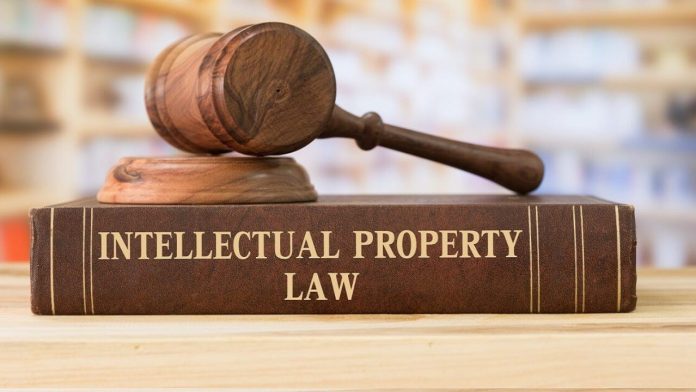

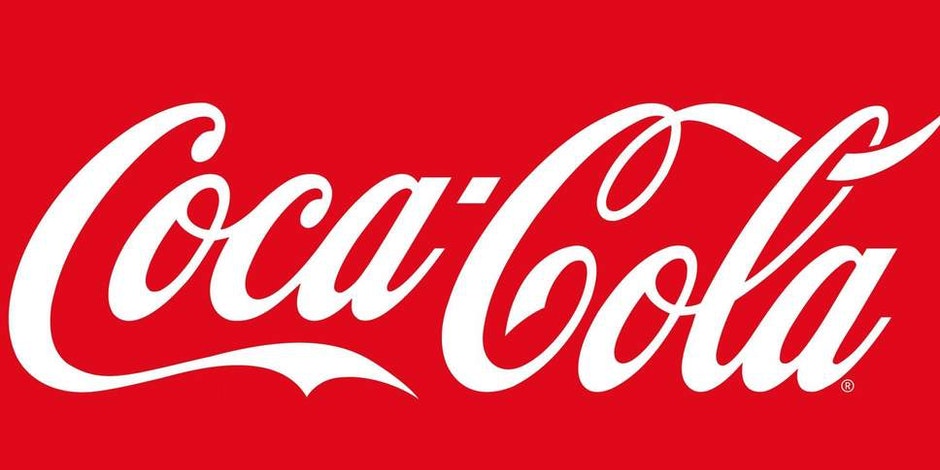
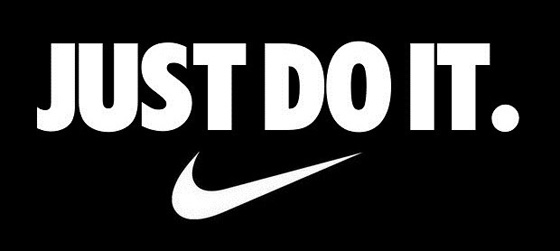


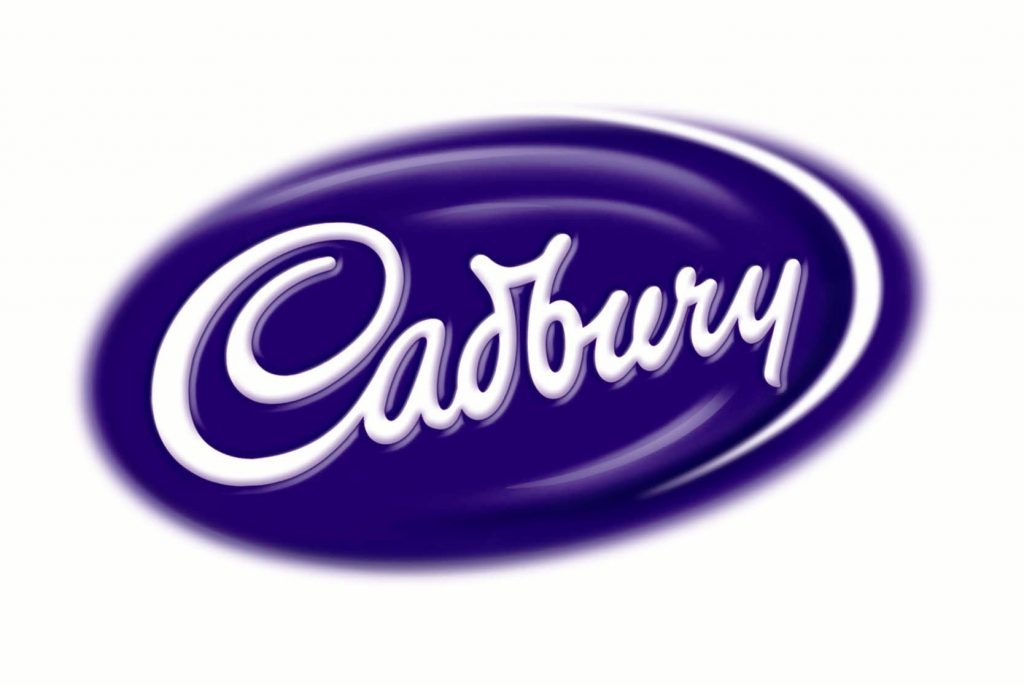
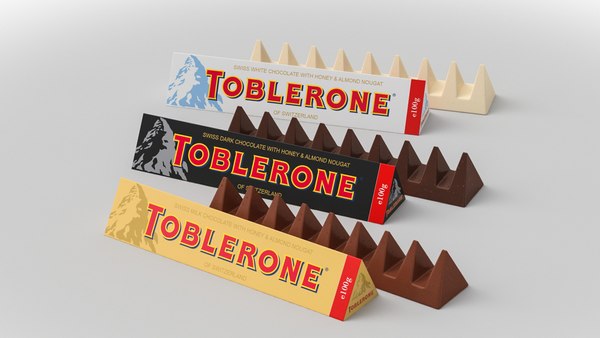






 Allow notifications
Allow notifications



